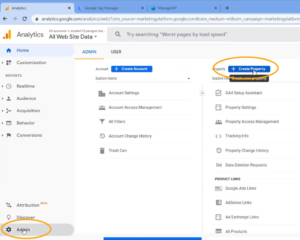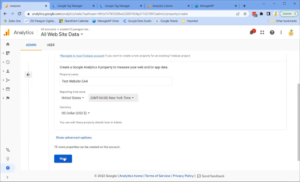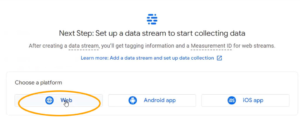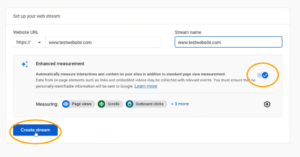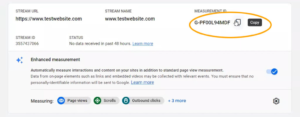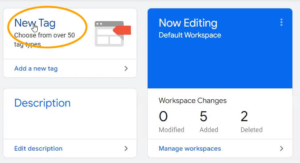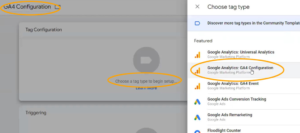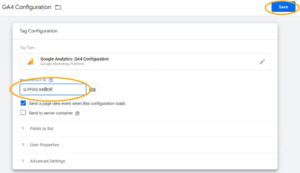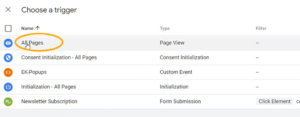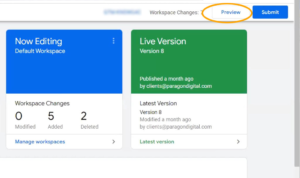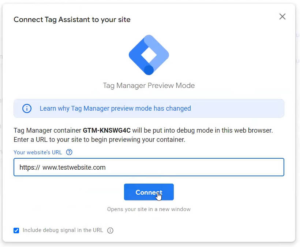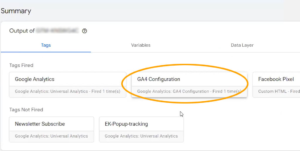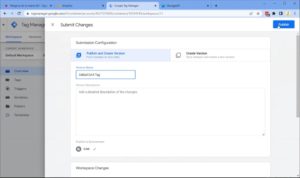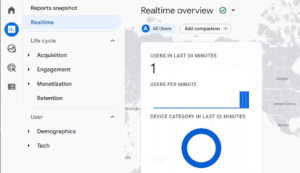Google is crucial to the success of online marketing for any business. In the present world, there is no denying that — Google is one of the major sources where people discover and visit your website; therefore, optimizing all your marketing efforts to appear highly in search engine result pages (SERPs) makes sense. A plethora of web tools are available in the market to optimize your website, including – SEO tools, content management systems (CMS) tools, cybersecurity tools, image optimization tools, page speed tools, and many more. However, few web analytics tools are more useful for marketing.
Given how important Google is for your marketing, it only makes sense that Google has released a few different tools over the years to help you manage all your marketing campaigns. If you’re looking for an analytics tool for your website, you might have heard of “Google Search Console“ vs “Google Analytics“ a million times. If you want to know more about these two platforms, keep reading this blog.
Difference Between Google Search Console (GSC) vs. Google Analytics (GA): A Brief Overview
Both Google Search Console (GSC) and Google Analytics (GA) are products of Google. These two tools may appear to be similar from the surface, but do they really? In short, the answer is “no,” but knowing “why” is more complicated.
Therefore, to help you understand these web analytics tools, we will briefly overview GSC vs. GA, including what they are, what they do, and how they differ. Let’s dive in!
What is Google Search Console (GSC)?
Originally known as Google Webmaster Tools, Google Search Console (GSC) was launched by Google LLC in 2006. It was in 2015 when Google rebranded its name to “Google Search Console.” It offers many features to help users understand how search engines engage with your websites. This tool lets you analyze metrics and perform analytics related to your website exposure.
Essentially, it lets you examine how your website appears in search results and helps you resolve any problems you discover. Google Search Console is FREE of cost, so you don’t have to pay anything for the subscription. Although, you need to verify the ownership of your website to start using GSC.
Features: GSC primarily focuses on SEO metrics. There are currently many features that include:
- Keyword Monitoring: this includes what search terms, or “keywords,” people use to search to find your page.
- Crawl Rate Monitoring: crawl rate is how often crawls your website per second
- Security Issue Monitoring: This feature detects potential website flaws vulnerable to harmful malware or hackers.
- Website Speed Reports: This feature gives you data on the website and suggestions for site optimization and helps you speed up your page.
- Core Web Vitals Reporting: This feature shows how your webpage performs as per the real-world data.
- Sitemap Submission: A sitemap shows data on files and pages in a domain.
- A List of Internal and External Links for The Domain: this feature gives information on internal and external links pointing to your website.
These are just a few of the most crucial metrics you can monitor with GSC. They are all directly related to SEO, which helps you understand the top priorities of this search console.
What is Google Analytics (GA)?
Google Analytics (GA) was made available to the public in August 2006. Initially, Google LLC rolled it out within a small network, but it wasn’t scalable. It was only in 2011 that Google made significant changes to this tool and rolled out another version in 2012 with the name “Universal Analytics.” Later, Google introduced several more versions, the most recent of which was Google Analytics 360 in 2016.
Google Analytics (GA) is a free web analytics tool like GSC. You can monitor how people engage with different pages by viewing user data and activity on your website. In other words, GA is a fantastic web tool to keep up with traffic. As the name suggests, Google Analytics helps you in analyzing the data that’s been tracked. It gives you an easy way to visualize anything and obtain valuable insights by presenting its findings in charts and graphs.
Features: From 2024, Google Analytics 4 will be known as GA4. Here are a few of the most notable features of GA4:
- Audience Monitoring: GA4 displays information about your website visitors with their age, gender, and location
- Custom Reports: GA4 lets you create reports for each marketing channel, allowing you to monitor the metrics that matter most to you.
- Visitor Count: you can see the number of people visiting your website.
- Conversion Rate: you can see the number of site visitors converted to potential leads.
- Time Spent on Site: you can see the total time people spent on your site.
- Bounce Rate: you can see the number of people leaving your site as soon as they arrive
- Goal Monitoring: you can use this feature to set goals and monitor your progress.
So, Which Tool Should You Choose, Google Search Console or Google Analytics?
The answer is simple: Both!
This is not an either/or situation — GSC and GA4 focus on entirely separate areas, and since both are free, you don’t necessarily have to invest in both. There’s no excuse not to use these two fantastic web analytics tools.
You can use your Google account to link these tools together. This lets them communicate with each other and exchange vital information, making both helpful to you. Simply put, you should use — Google Search Console to ‘FUEL YOUR SEO EFFORTS’ and — Google Analytics to ‘ENHANCE YOUR WEB DESIGN.’
If you want to put Google Search Console and Google Analytics tools to good use, then contact our SEO Consultants at Ultimate SEO Help. They will help improve your SEO and web design. Thank You!



